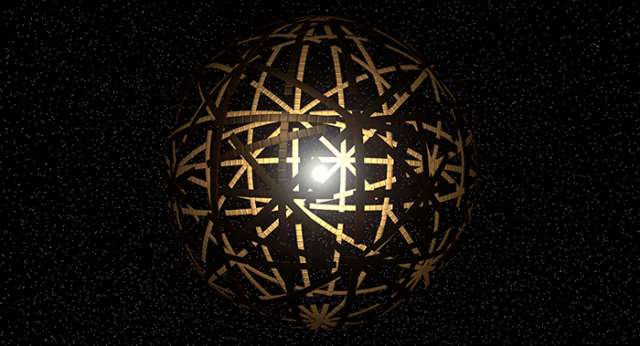But last week, reports surfaced that the telescope found something odd is orbiting around KIC 8462852. It is, by all measurements, far too large to be a planet. The effect is also irregular. If looking at our sun from a distance, one could expect to see the Earth pass every 365 days. Comets are one leading theory, but that explanation isn’t perfect, either.
Whatever is moving around KIC 8462852, it’s something humanity can’t explain.
While it may be far-fetched, some scientists have suggested that the object could be some kind of alien megastructure, possibly used to harness the star’s energy. And while the scientific community is stressing that it’s probably, seriously, definitely not necessarily an alien power plant we’re looking at, astronomers are still hopeful enough that they’ve pointed the Allen Telescope Array toward KIC.
"We’re looking at it with the Allen Telescope Array," Seth Shostak, a senior astronomer at the SETI (Search for Extraterrestrial Intelligence) Institute told Science.com.
Comprised of a large number of radio dishes, the ATA is hoping to detect any kind of artificial radio signal that could be emanating from the star.
It’s an exciting possibility, but one Shostak warns is far from a sure thing. In the 1960s, for example, astronomers detected strange signals from space which some speculated could be transmissions from an alien civilization.
Today, we know those signals to be pulsars.
"So history suggests we’re going to find an explanation for this that doesn’t involve Klingons, if you will," Shostak said.
It’s also possible that even if the object really is an artificial structure, humanity may be unable to detect a signal. The technology used may be beyond our comprehension, or, even more glumly, the structure may no longer be active. It could be the ancient ruins of an extinct civilization, left to circle the sun long after its builders have perished.
Or it could be a bunch of comets.
Either way, scientists suspect that whatever is circling KIC 8462852, natural or artificial, it could very well be something we’ve never seen before.
More about:
















































